Description
In power generation and marine propulsion systems, where generators must synchronize seamlessly to handle fluctuating loads without risking blackouts or mechanical strain, engineers frequently encounter hurdles with fragmented controls that complicate paralleling and demand excessive custom programming. The Woodward 8440-2047 resolves this as a marine-grade genset controller from the easYgen-3500 series, delivering integrated engine management, protection, and peer-to-peer paralleling for up to 32 units with automatic sequencing. Envision a naval vessel maintaining auxiliary power during maneuvers or a coastal backup array responding to storm-induced grid failures—here, imprecise load sharing can trigger inefficiencies, fuel spikes, or cascading shutdowns. This controller proves indispensable in such high-reliability scenarios, where industrial automation demands robust I/O signal handling amid saltwater corrosion, vibrations, and temperature extremes. It prioritizes system stability by embedding LogicsManager programmable logic, which often bypasses the need for separate PLCs, streamlining process control without sacrificing flexibility.
The Woodward 8440-2047 excels in environments requiring modular integration, such as retrofitting older marine gensets or scaling distributed power setups. Its marine-specific optimizations ensure signal reliability for critical parameters like voltage, frequency, and phase matching, mitigating risks from electrical noise or environmental stressors that undermine traditional controllers. In essence, it empowers users to achieve operational goals—seamless multi-unit synchronization and fault-tolerant protection—while reducing the engineering effort tied to disparate systems. For marine operators or energy managers focused on uninterrupted uptime, the Woodward 8440-2047 stands as a high-value enabler of efficient, resilient industrial automation, where every synchronized cycle counts toward mission success.
Within the easYgen-3500 architecture, the Woodward 8440-2047 anchors the control layer of the automation stack, interfacing directly with diesel or gas engines, alternators, and circuit breakers to orchestrate start/stop sequencing, speed governing, and protective relaying. It processes analog and digital I/O from sensors—such as current transformers for load metering or PTs for voltage sensing—applying advanced algorithms for dead-bus closing and soft transfer between utility and island modes. Peer-to-peer communication occurs over CAN or Ethernet links, enabling true load sharing without a master controller, which distributes kW and kVAR equitably across gensets in segmented networks. This positions it ideally in the I/O hierarchy, above field wiring but below SCADA oversight, with built-in diagnostics that track over 300 event logs via a battery-backed real-time clock for post-event analysis.
The controller’s user-centric design shines through configurable interfaces; connect via RS-485 or USB to Woodward’s PC tool for trending, load-sharing setups, and system visualizations, all tailored for marine applications like propulsion assists or emergency power. It supports redundancy by hot-swapping in dual configurations, maintaining operation during faults, and integrates with Modbus or Profibus for tying into broader DCS platforms. In a typical marine genset panel, the Woodward 8440-2047 mounts flush for space efficiency, conditioning signals to withstand EMI while enabling discrete outputs for alarms or breaker trips. Engineers find its flexibility invaluable—program custom logic for tie-breaker logic or preferential loading without external hardware—making it a plug-compatible upgrade that enhances process control responsiveness in dynamic, multi-source power environments.
- 8440-2047 C
| Specification | Details |
|---|---|
| Model Number | 8440-2047 |
| Brand | Woodward |
| Type | Marine Genset Controller |
| Input Voltage | 12/24 Vdc |
| Operating Temp Range | -25°C to +70°C |
| Mounting Style | Panel/Flush Mount |
| Dimensions | 238 x 144 x 72 mm |
| Weight | 0.9 kg |
| Interface/Bus | CAN, RS-485, Ethernet |
| Compliance | CE, DNV-GL, IEC 60945 |
| Supported Protocols | Modbus, Profibus, CANopen |
| Typical Power Draw | 10 W |
Deploying the Woodward 8440-2047 brings a foundation of reliability that fortifies genset performance against marine rigors, with its conformal-coated PCB ensuring consistent operation through salt spray and humidity that would degrade lesser units. This durability translates to extended mean time between failures, allowing fleets to prioritize voyages over reactive fixes and cutting lifecycle costs in ways that resonate across industrial automation budgets.
Integration gains take center stage, as the controller’s standardized I/O mapping reduces commissioning time in multi-vendor setups, letting teams provision paralleling logic upfront rather than iterating on-site. Maintenance efficiency follows suit; the event recorder captures transients for root-cause forensics, enabling data-driven tweaks that preempt issues like sync mismatches, while remote access via Ethernet streamlines tuning without dry-docking. In process control terms, this yields smoother load transitions—dead-bus starts in under 10 seconds—and optimized fuel curves that trim emissions, aligning with regulatory pressures while boosting overall system resilience.
What truly elevates the Woodward 8440-2047 is its role in scalable architectures, where LogicsManager handles complex scenarios like segmented islands or utility tie-ins, eliminating add-on relays and fostering long-term adaptability. This not only minimizes engineering overhead during expansions but also safeguards against obsolescence, ensuring your power infrastructure evolves with demands from intermittent renewables to high-density marine ops, all underpinned by proven high-reliability engineering.
The Woodward 8440-2047 powers marine propulsion auxiliaries on offshore supply vessels, where it synchronizes diesel gensets for stable voltage amid rolling seas, delivering critical system uptime through fast paralleling in vibration-heavy, saltwater-laden process control environments. In standby power for coastal data centers, it manages up to 32 units for seamless islanding during outages, handling high-reliability I/O for frequency regulation under rapid load swings.
For emergency systems in ferries, the controller oversees automatic sequencing and protective tripping, ensuring signal integrity in confined, humid spaces to maintain propulsion and lighting without interruption.
8440-2050 – Inland variant without marine certifications for land-based gensets
8440-2046 – Package 2 upgrade with expanded I/O for complex load management
8440-2037 – Lower-power model for smaller marine emergency sets
8440-2099 – Enhanced touchscreen interface for intuitive field adjustments
8237-1001 – Legacy easYgen predecessor for basic synchronization upgrades
8440-1713 – High-current relay add-on for breaker-heavy applications
9905-468 – Companion NetCon module for turbine-genset hybrids
8446-1019 – RP3000 series alternative for rental fleet flexibility
Prior to fitting the Woodward 8440-2047, confirm your genset’s alternator specs match the controller’s metering ranges—PT/CT ratios especially—to sidestep scaling errors, and verify panel cutouts align with its 144×72 mm footprint for a clean flush install. Assess power stability at 12/24 Vdc nominal, as dips below 9 V can log false events, and download the latest PC tool version to baseline configurations against marine protocols like DNV-GL. If integrating with existing CAN networks, audit termination resistors to prevent bus reflections that could garble sync data.
Routine upkeep centers on visual scans of front-panel LEDs monthly for sync status or fault codes, followed by connector wipes to clear salt residue in marine exposures. Biannual event log exports via USB help correlate anomalies with operational logs, prompting calibrations if phase offsets exceed 5 degrees. For paralleled arrays, test automatic sequencing quarterly under simulated loads to validate priority schemes, isolating units one-by-one to check failover without full-system stress. These grounded protocols, honed from vessel deployments, sustain the Woodward 8440-2047‘s edge without overcommitting resources.

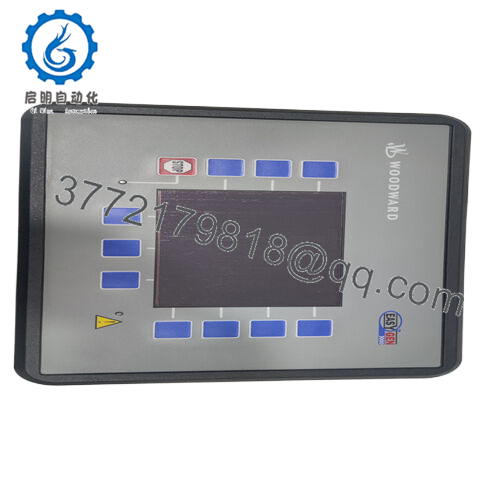
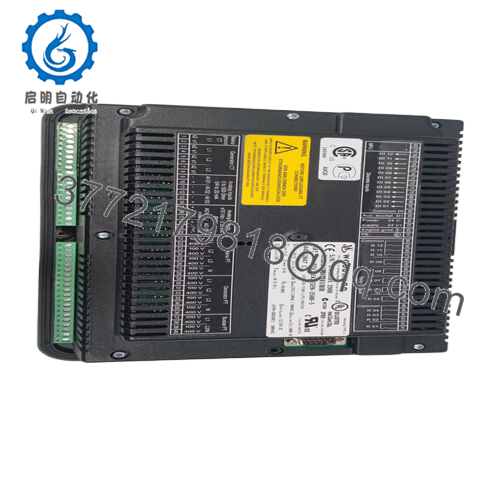
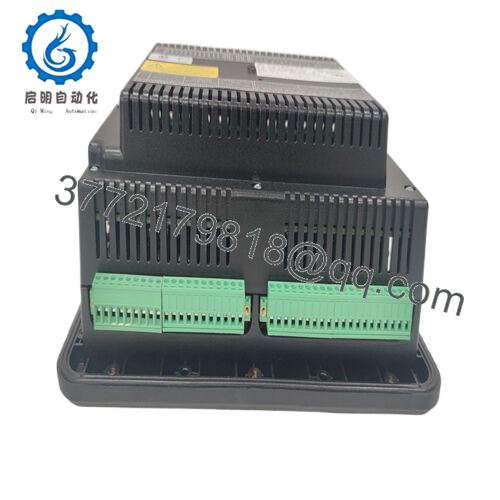
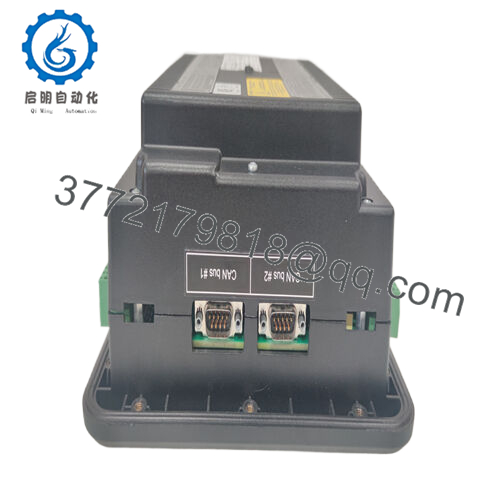
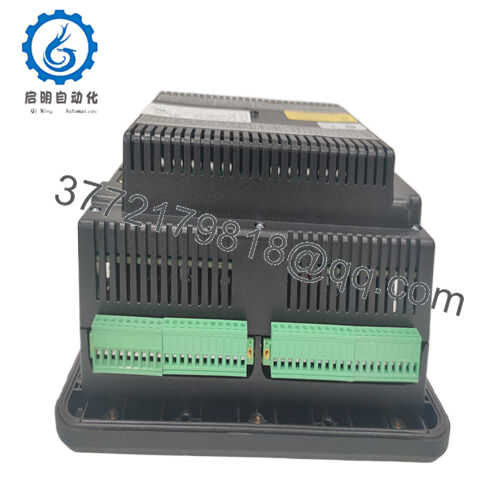
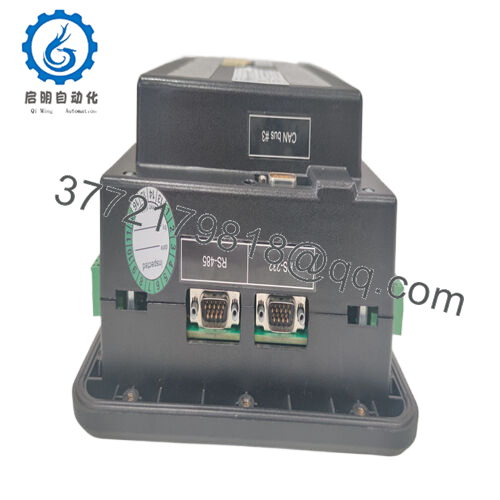
 WhatsApp: +86 16626708626
WhatsApp: +86 16626708626 Email:
Email:  Phone: +86 16626708626
Phone: +86 16626708626


